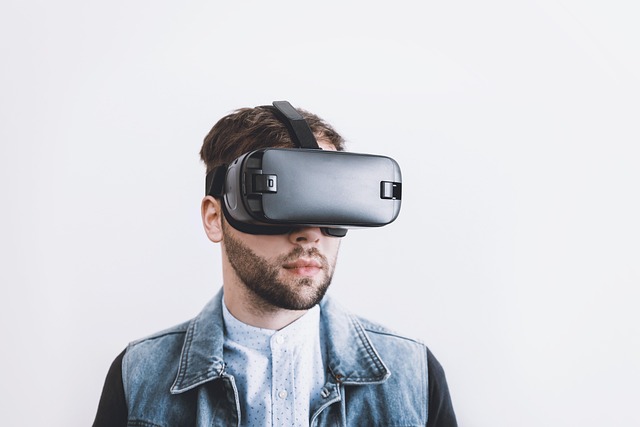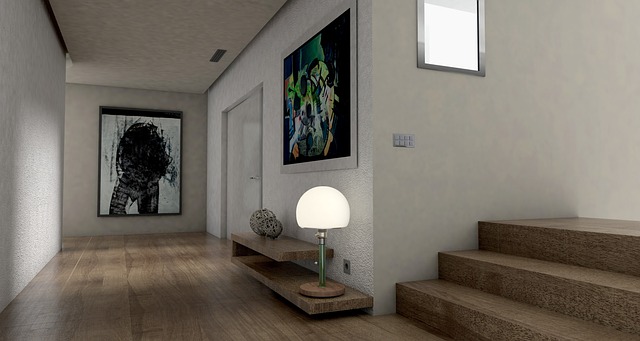Exploring the Future of Situational Simulation in Virtual Reality and Augmented Reality: A Dive into the Metaverse
The rapid evolution of technology has opened new avenues for immersive experiences, allowing us to interact with digital landscapes in unprecedented ways. Among the most exciting aspects of this technological revolution is the concept of situational simulation, a cornerstone for the development of Virtual Reality (VR) and Augmented Reality (AR). As we venture further into the metaverse, understanding the potential of these simulations becomes essential for unlocking their full capabilities.
The Role of Virtual Reality
Virtual Reality immerses users in a fully artificial environment, seamlessly blending the real and digital worlds. Within this digital realm, situational simulation can create experiences that are as educational as they are entertaining. Picture training scenarios where medical students can perform virtual surgeries, or emergency responders can practice crisis management in hyper-realistic simulations. The ability to replicate real-world situations not only enhances learning but also builds confidence by allowing users to confront challenges in a controlled setting.
Augmented Reality Enhancing Real-Life Interactions
On the other hand, Augmented Reality takes a different approach. By overlaying digital information onto the real world, AR enhances our perception of reality instead of replacing it. Situational simulation in AR can be employed in various fields—from interactive shopping experiences to complex engineering projects where users can visualize data and instructions in real-time. Imagine walking through a city, with AR providing contextual information about history or upcoming events, transforming a mundane stroll into an enriching journey.
Diving into the Metaverse
The metaverse encapsulates the fusion of VR, AR, and digital interactions, envisioning a collective virtual space where these technologies coexist and thrive. Within this expansive universe, situational simulation plays a pivotal role. It allows for social interaction that transcends geographic barriers, creating virtual communities and shared experiences. In the metaverse, users can engage in realistic simulations that not only entertain but also empower individuals through creativity, collaboration, and diverse experiences.
In gaming, for instance, situational simulations can lead to compelling narratives. Players are not just passive observers but are thrust into complex scenarios that require decision-making and strategy. This level of engagement fosters emotional connections to the narrative and characters, enhancing the overall gaming experience.
Similarly, in professional settings, organizations are beginning to realize the potential of situational simulations within the metaverse for remote training and team-building exercises. Virtual environments can mimic intricate work settings, allowing participants to gain practical skills and foster teamwork in a highly interactive and responsive manner. This not only increases training efficiency but also prepares employees for real-life challenges in their everyday roles.
As we stand on the cusp of this incredible transformation, the future of situational simulation in VR and AR continues to invite exploration. Each advancement propels us further into a world where our imaginations can roam within richly crafted virtual environments, leading us to new possibilities and experiences that elevate not only our understanding of technology but also improve our everyday lives.
In this fast-evolving landscape, the implications of situational simulation are boundless. Whether it’s through gaming, professional training, or social interactions, the metaverse promises to redefine how we perceive and participate in our digital and physical worlds. The journey into this immersive future is just beginning—are you ready to dive in?



